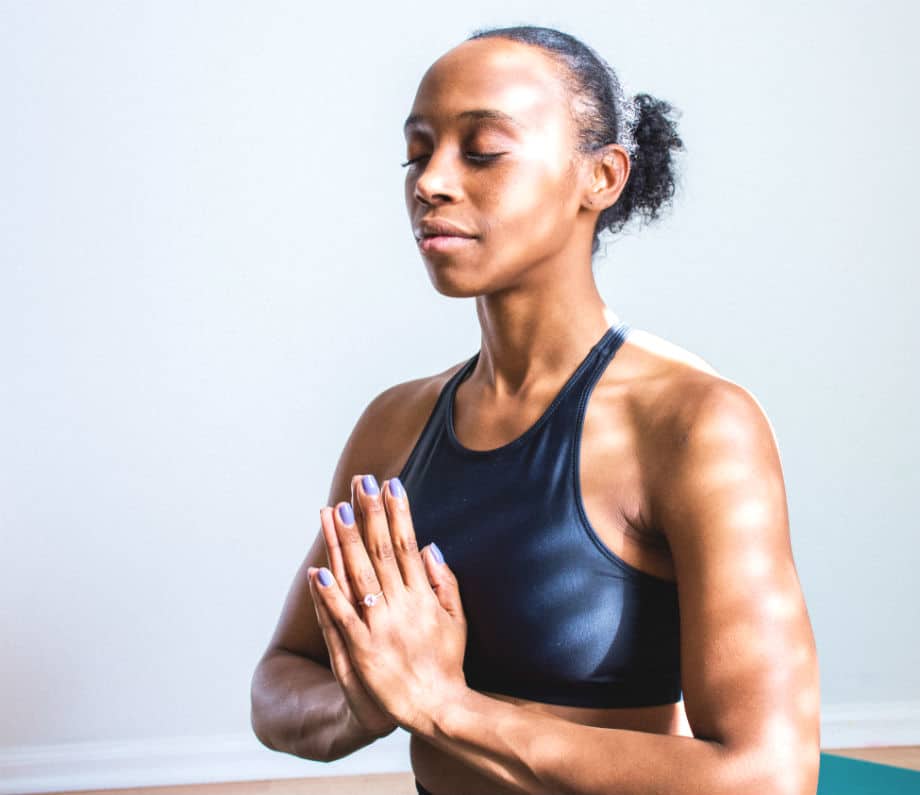What is Yoga Breathing?
Yoga Breathing or Pranayama is the groundwork of yoga practice. It plays a vital role in your physical and spiritual wellness. This is an Indo-Tibetan tradition that is continually practiced until now for the development of one’s well-being, particularly in uniting the mind, body, and breath in one. Its focus is for meditation purposes, awareness, enlightenment, and taking you to the present moment.
Yoga breathing isn’t just the normal breathing you do every day. It is more acquainted with techniques and breathing methods that can enhance the effectiveness of your meditation and breathing patterns. Yoga’s effectivity may be questioned by the common people since it doesn’t involve medicinal properties which have been considered as the only basis of physical and mental healing.
Nevertheless, Yoga breathing continues to prove its edge through clinical shreds of evidence and testimonials. Its mindfulness meditation and breathing techniques consistently treat those who are mentally struggling with depression, anxiety, post-traumatic stress disorder, and natural disaster victims. Its effect of reducing stress hormones, the breathing method serves as an alternative to remedy any form of mental discomforts instead of resorting the patients into medicinal curatives.
Find out why is Yoga Breathing beneficial and the solution to your daily mental strains!
Knowing the benefits of yoga is as important as knowing the difference between unconscious from conscious breathing. Awareness brings motivation to your purpose. One of yoga’s perks is it excepting strenuous physical activities that will strain your muscles overnight.
Yoga is not limited to those who you think acquires a background on meditation and breathing. This meditation process is also to those who are not acquainted with the process yet. Each breathing meditation method is categorized and structured according to your physical needs and not about how much you know about it. The process involves your awareness of breathing movements, as well as a synchronized breathing movement that is essential to yoga. The connection between yoga and breath is vital in the process apart from making you feel alive.
The breathing movement can be recognized through automatic (unconscious involuntary behavior) or deliberate (a conscious, voluntary behavior). When we start switching our involuntary breathing behavior into deliberate, there’s a synchronization involved in breathing. It starts to reset our brain patterns into a state of mindful awareness. Thus, it flows into our biological, emotional, and physical entity as a whole; helping us manage stress, as observed in the physical pain we commonly feel such as headaches, sleeping problems, drug abuse, and inability to concentrate.
Biologically, our breath is led by the primitive part of the brain which is the medulla oblongata. This happens to the normal breathing we do day by day. When we start to shift from normal breathing to conscious breathing, it transforms your cerebral cortex which is the most transpired part of the brain. It is the stimulation of the cerebral cortex that relaxes and stabilizes our emotions.
Getting into the flow of our breath conducts balance to our emotions and eliminates negative, emotional and physical obstructions. Once these harmful entities are cleared, it will eventually result in a relaxed feeling while in yoga practice.
If you easily get drained or exhausted despite your eight hours of sleep, then Yoga can help. Yoga breathing meditation is composed of a variety of breathing styles suited for your needs. One breathing style that boosts your energy hormones is Ujjayi or the ocean sounding breath. When this breathing practice is performed correctly, it builds up a visceral heat that triggers your active endorphins, providing you more energy to feel alive and kicking.
Your regular yoga practice promotes mental clarity, body awareness, relieves stress hormones, and enhances focus. Self-awareness is particularly beneficial since it could detect early symptoms of sickness that can be eliminated through early prevention.
Here are some of the physical benefits of yoga apart from its mental benefits:
-
-
-
- improved flexibility
- improved body endurance
- developed breathing patterns
- increased energy and athletic performance
- balanced metabolism
- decreased weight
- enhanced cardio and body circulation
- protection from injury
-
-
Learn how you can start yoga breathing meditation!
1. Sama Vritti or “equal breathing”
If you’re struggling in going to sleep or probably your mind’s too distracted that’s causing you to stay awake, then this breathing exercise will definitely help. You can begin this by sitting or lying down in your comfortable position. Start inhaling for four counts then exhale into four counts as well. All inhalations and exhalations should be done through the nose alone. You can do this with your eyes open or closed. Once you’re down with the four counts, you can then try the 6-8 counts per breath.
2. Abdominal breathing technique
This breathing technique comes useful when you’re nervous or if you’re about to perform in front of a large crowd. Take a deep breath through your nose while you rest one hand on your chest or stomach. This inflates enough oxygen to your diaphragm and expanses your lung breathing. Slowly exhale. A 6-10 deep, slow breaths per minute for 10 minutes each day of this technique can help improve your blood circulation.
3. Progressive muscle relaxation
You can do this whether you’re at home or sitting in your office. Close your eyes while you focus on relaxing your muscle group for 2-3 seconds. Retain the deep, slow breaths as you start with your feet and toes, knees, thighs, glutes, chest, arms, hands, neck, jaw, and eyes.
4. Nadi Shodhana or “alternate nostril breathing”
This breathing method is helpful during your stressful days. In your meditative pose, hold out your dominant hand and press the tips of your pointer and middle fingers into your palm. Leave your ring, pinky, and thumb extended outwards.
Position your hand in front of your face and press your thumb outside on one nostril. While doing this, deeply inhale through your open nostrils. Release your thumb at the top of your inhalation. Press your finger outside of your nostrils then exhale. You can do this vice-versa for both nostrils for 1-2 minutes.
5. Kapalabhati or “Skull-Shining Breath”
Restore your vigor though this breathing method. Position your hands on your knees in your sitting posture. Slowly inhale and strongly exhale through your nose while you compress your stomach. You can focus on your strong exhales once your body adapts to natural inhaling. You can do 1 inhale-exhale every 2 seconds for a total of 10 breaths.
Yoga breathing versus alternative medicine
The works of alternative medicine have always been the preferred curative by the commonality due to its wide commercialization in the field of medicine; yoga, on the other hand, works vice versa. Despite how yoga is considered as a secondary alternative, it has established a name in the holistic scope. Yoga and its branches of meditative healing continue to relieve physical and mental strains without depending on Western medications. One of yoga breathing’s perks is its cost-effectiveness when it comes to oral medications or outpatient treatments that need to comply with modern healthcare standards. Meanwhile, yoga only requires you some time alone in your comfortable space where meditation can be executed peacefully.
Harmony Hill Health Retreat is one of Australia’s renowned health facility where natural healing and yoga breathing has helped a lot of individuals relieve their mental problems and chronic illnesses within days. Time to switch your thoughts about yoga. Yoga breathing isn’t just about feeling or expecting nothing after the meditation process but experience and natural healing from within.






